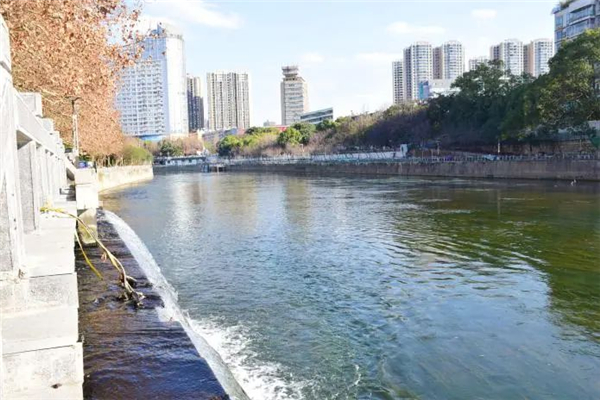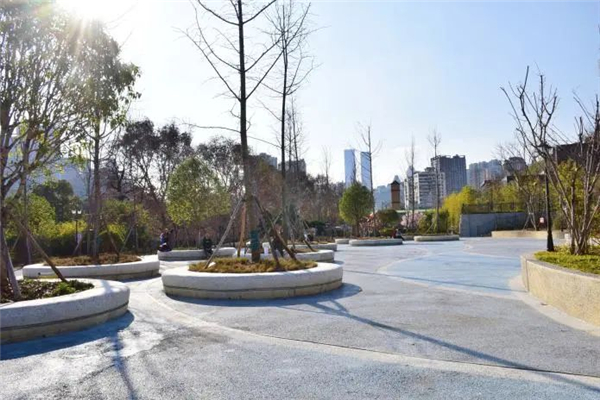Reclaimed water plants safeguard Nanming River's water quality

Treated waste water is discharged into the Nanming River as ecological replenishment. [Photo/nanming.gov.cn]
The four reclaimed water plants in the jurisdiction of Nanming district in Southwest China's Guizhou province are safeguarding the water environment of the Nanming River.
These plants were invested, constructed and are now being operated by Guiyang Nanming Zhuxiu Water Environment Industry Co, a company jointly established by Nanming district and the China Water Environment Group.
The company not only has a professional design and construction team, but also has mastered key core technologies such as deodorization, noise reduction, and water quality compliance.
According to reports, the four water plants in Nanming adopt an underground design, which not only effectively solves the problems of high noise and insufficient protection that traditional ground plants face, but also maximizes the use of precious urban land resources.
Meanwhile, the plants utilize inverted A2O-enhanced phosphorus and nitrogen removal processes and high-efficiency biological deodorization technology to make the entire production operation odorless.

A park is built on the top of Nanming's reclaimed water plants, offering residents a place to relax and exercise. [Photo/nanming.gov.cn]
A fully enclosed belt-type and "dehydration + low-temperature" drying machine has been brought in for effective sludge treatment.
When sludge is generated, it will be transported to the plant for co-processing. The daily production and daily cleaning of the plants have been realized, while the disposal rate of sludge is 100 percent.
Taking domestic sewage as a stable urban water resource for scientific collection, treatment and resource utilization greatly saves investment, while also improving the water environment.
At present, the sewage treatment capacity of the four reclaimed water plants in Nanming is 120,000 metric tons per day.
The effluent online monitoring rooms that have been set up by the water plants conduct random checks on the quality of the effluent water every two hours to ensure that the treated sewage reaches stable water quality.
The treated water will be then discharged into the Nanming River as ecological replenishment and park landscape water.
Presented by China Daily.
黔ICP备05001922号-3
